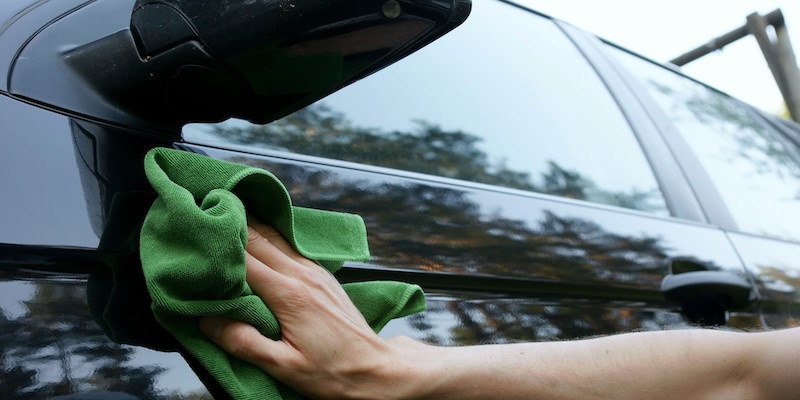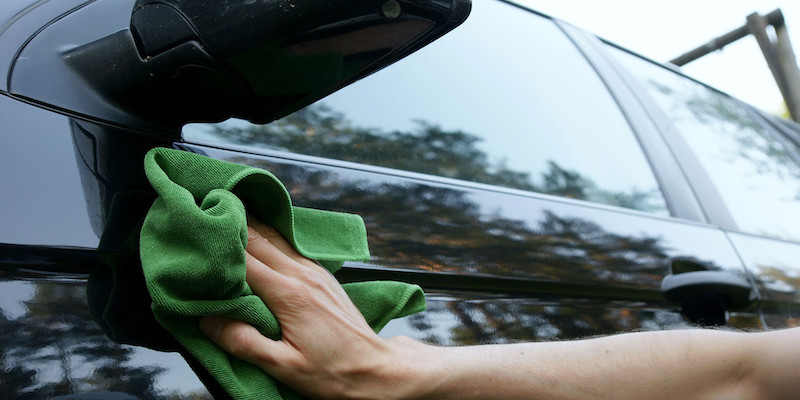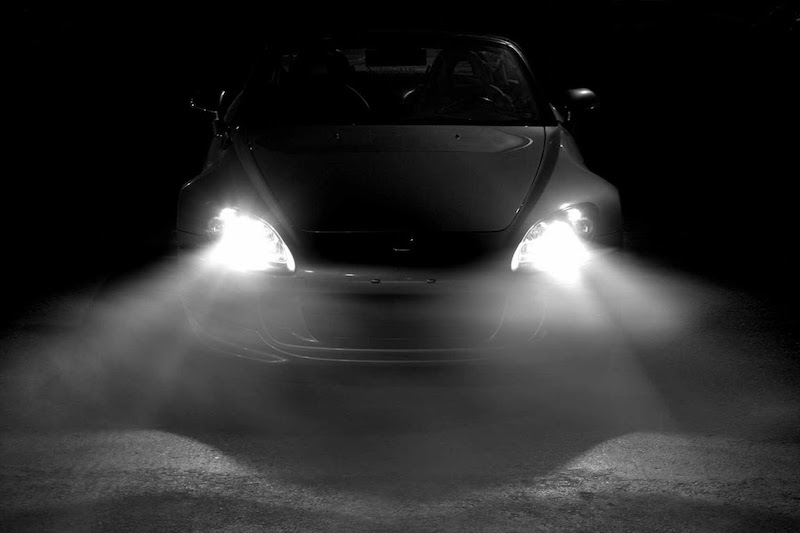
5 contaminants that spoil the car body
The purpose of car paintwork is not just to make the car more attractive to the eye, but, first of all, to protect the body from damage. That is why the paintwork is very durable, but even it gives in to some aggressive substances. Spots appear on it, it collapses and exposes the metal of the body, and this leads to corrosion.

wood resin
Paradoxically, artificial paintwork can destroy the natural sap of some trees, such as the resin from poplar buds. Of course, it will not corrode varnish and paint to the ground, like acid, but it can damage the surface. True, only under the condition of prolonged exposure to it, for example, if you leave the car under a tree for several days or do not wash it after sticky drops get on the paint.
In general, the juice is washed well, even with plain water, but only if it is fresh. Old droplets can be wiped off, but after them spots remain on the paint, which can only be removed by polishing the body.
Bird droppings
Another natural source is bird droppings. Although there is a sign that this is for money, but usually you have to spend money, just to spend, to restore the paintwork. This substance is so caustic that it literally eats away varnish and paint from the surface of the body. But then again, if you don’t wash it off for a long time - a few weeks. This, by the way, is confirmed by personal observations of drivers and experiments set by enthusiasts. They deliberately left the car in the open air, and then did not wash off the litter from the paint for a long time. The causticity of manure is explained by the presence of phosphorus, potassium, nitrogen and calcium in it. Also, we must not forget that there are solid fractions in bird droppings that look like sand, and when trying to erase an unpleasant mark from the paint, the car owner himself scratches his car.
To restore the area corroded by litter, you will need polishing and even painting.
Bitumen
Bitumen is part of the road surface, or rather, asphalt. In hot weather, the asphalt heats up, the bitumen becomes liquid and easily sticks to the paint in the form of spots and splashes. Fortunately, bitumen is easily wiped off, but with the use of special liquids. The main thing at the same time is not to rub with a dry cloth too intensively so as not to damage the varnish or paint. It is enough to sprinkle the agent on the bitumen, let it dissolve and drain on its own, and wipe off the traces with microfiber or just a soft cloth.
Bituminous splashes are best washed off with waxed paint, so waxed polishes should not be neglected on the paintwork.
Winter reagents
Reagents are used by road services to clear roads from ice. They save millions of lives on the roads. But the reagent itself, getting on the body and paintwork, quickly corrodes it. That is why, you need to wash your car more often, especially in winter.
Lime
Lime is nowhere to be found on the roads, but it is found in underground and covered parking lots, supermarkets and shopping centers. Ceilings are whitewashed with it, and flowing down on the car along with condensate, lime corrodes the paint. You need to wash off such white smudges immediately upon detection, otherwise you will have to repaint the car. one-day-old stains can be removed by polishing the body, so it is recommended to protect the paintwork with special polishes if the car is stored in underground parking lots.
To prevent damage to the paint and car body, it is recommended to regularly inspect the car for dirt and wash it at least 1-2 times a month. In this case, after washing, you need to use special protective polishes. This will save the paint, and facilitate the laundering of foreign contaminants from it.
